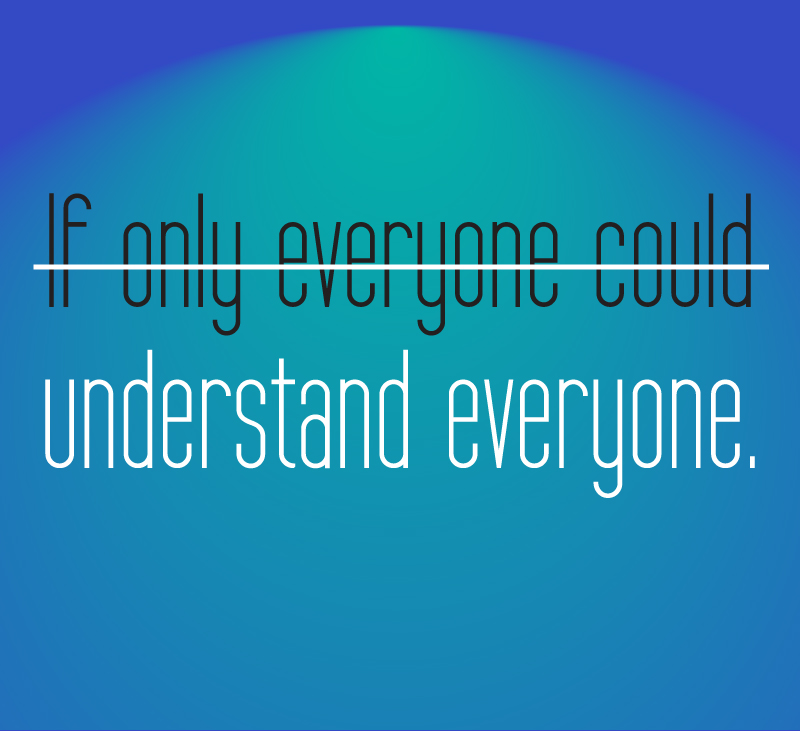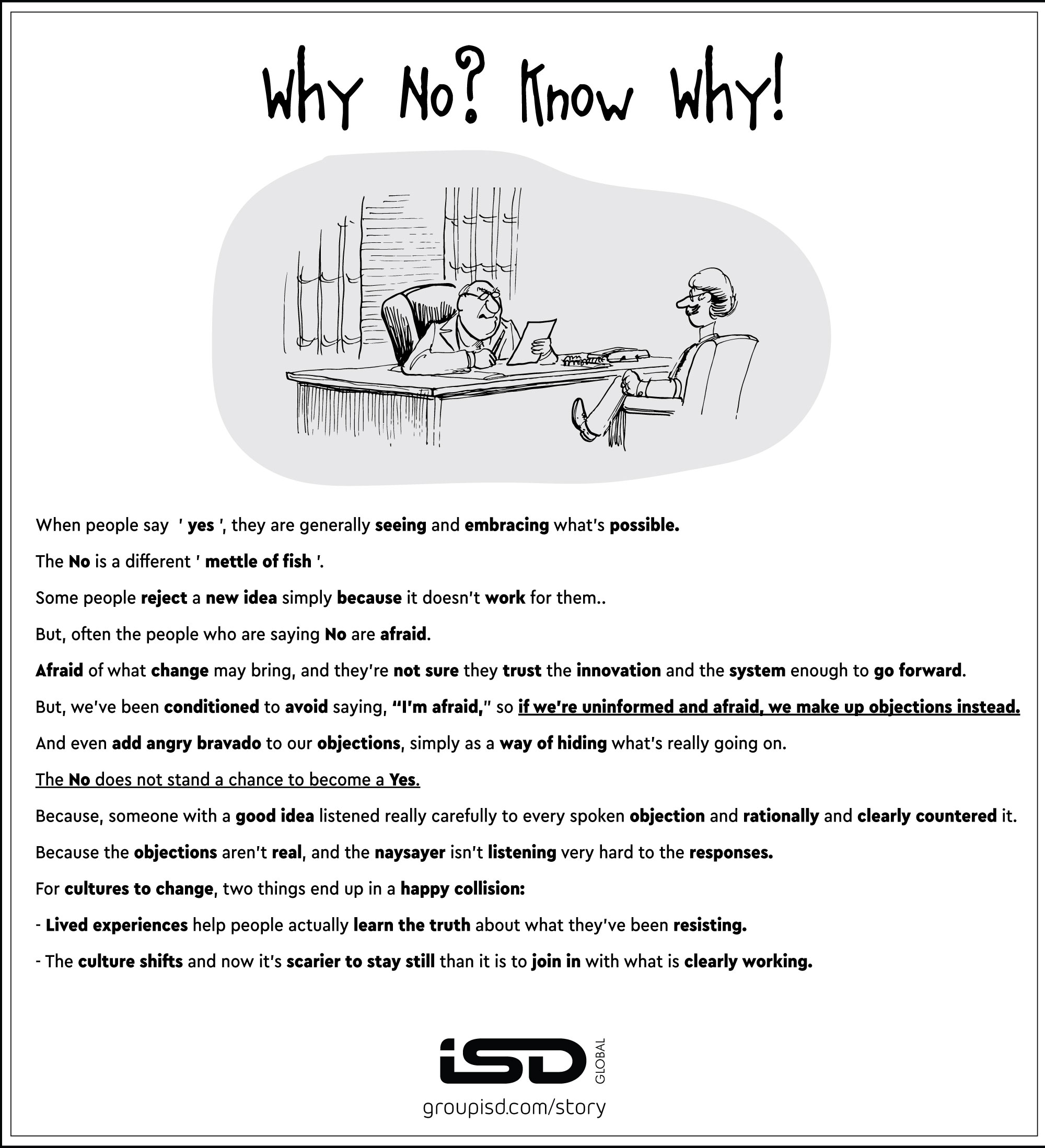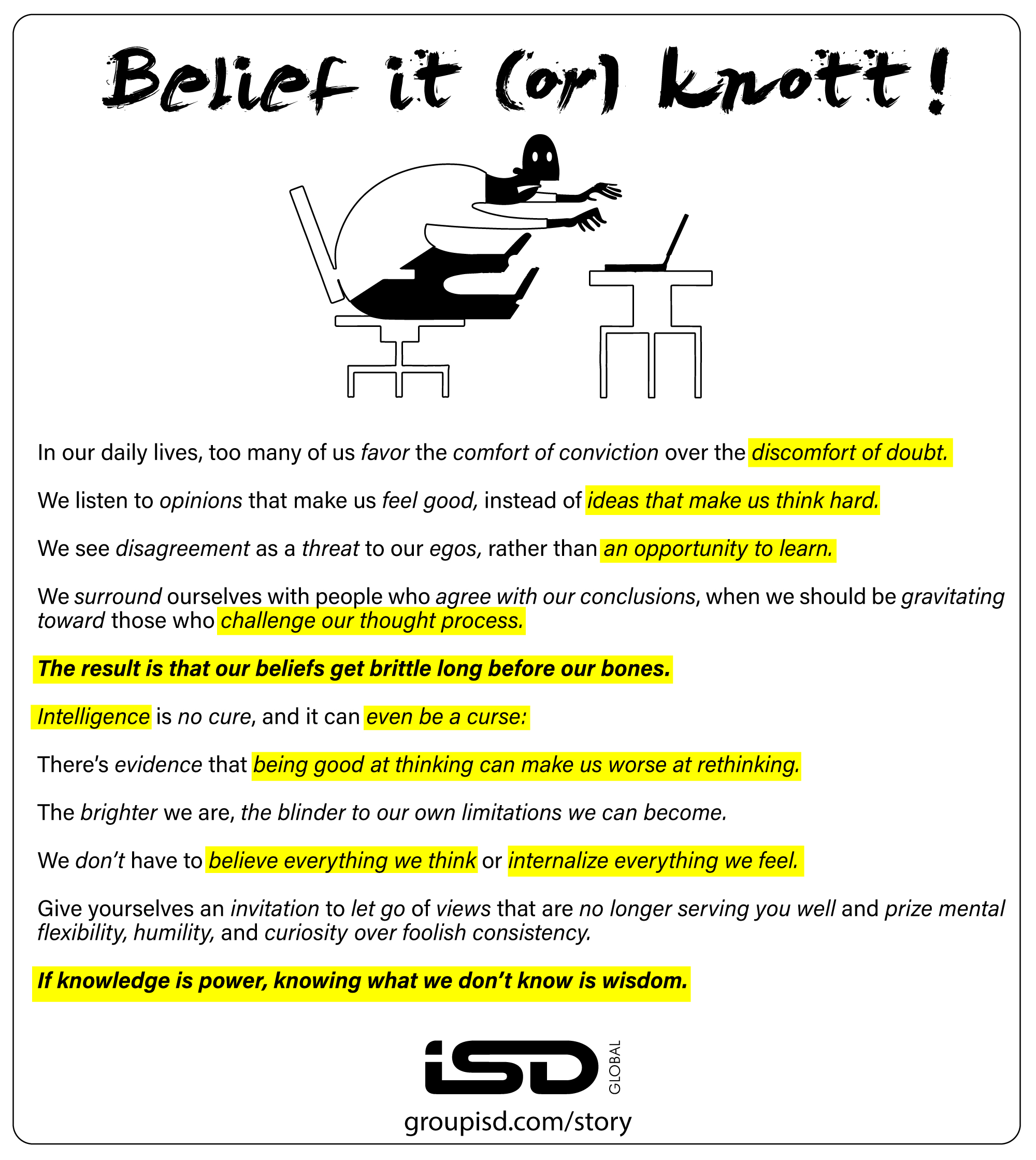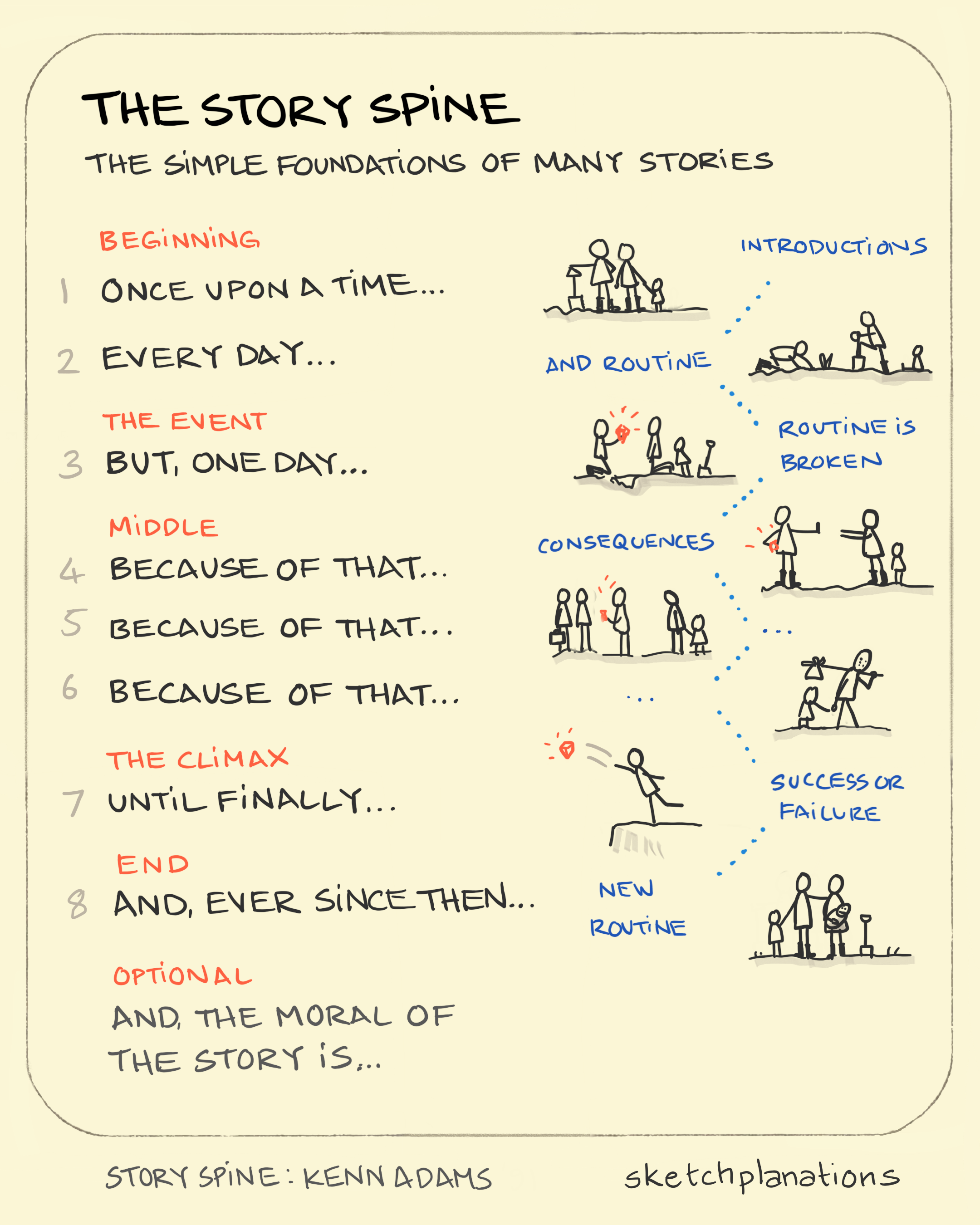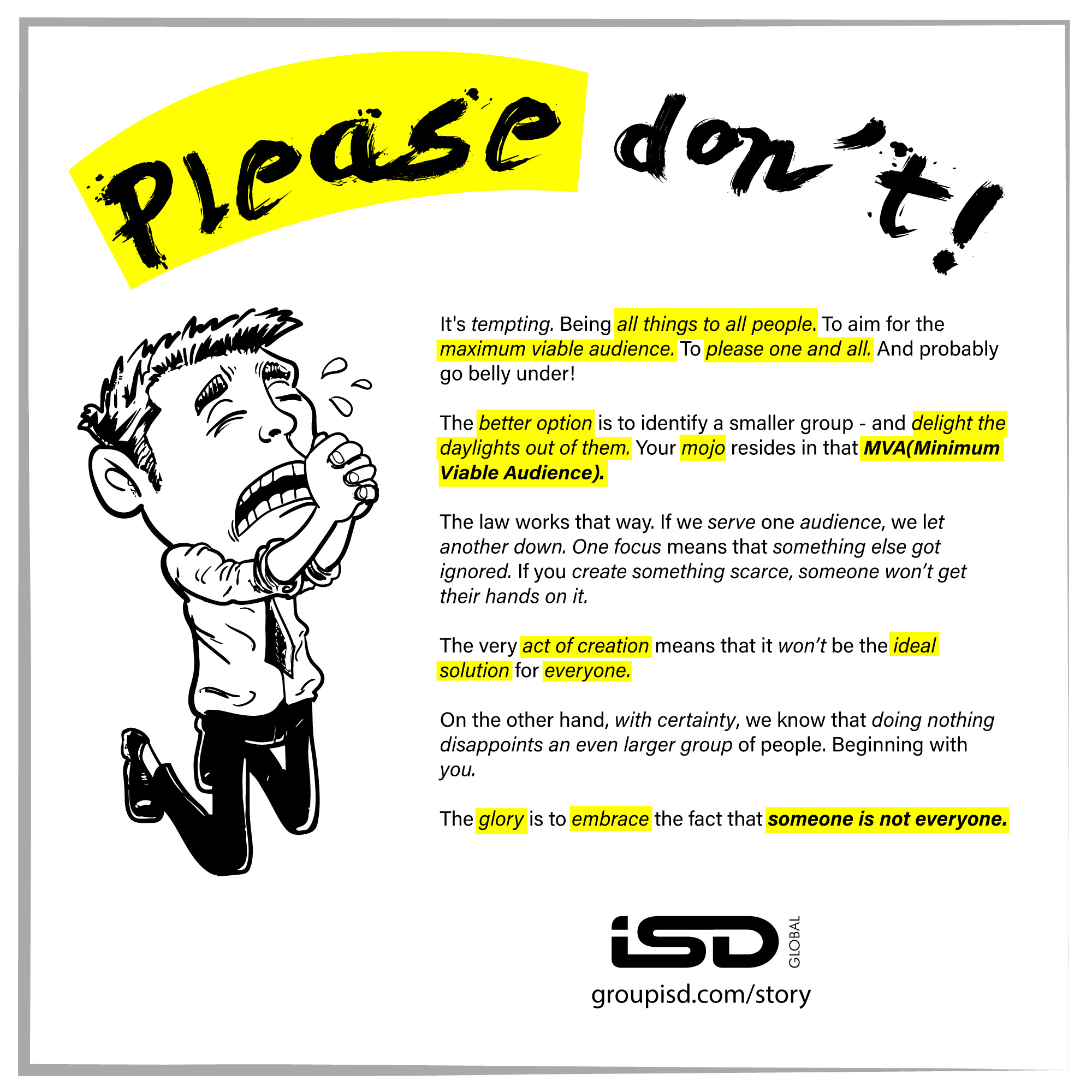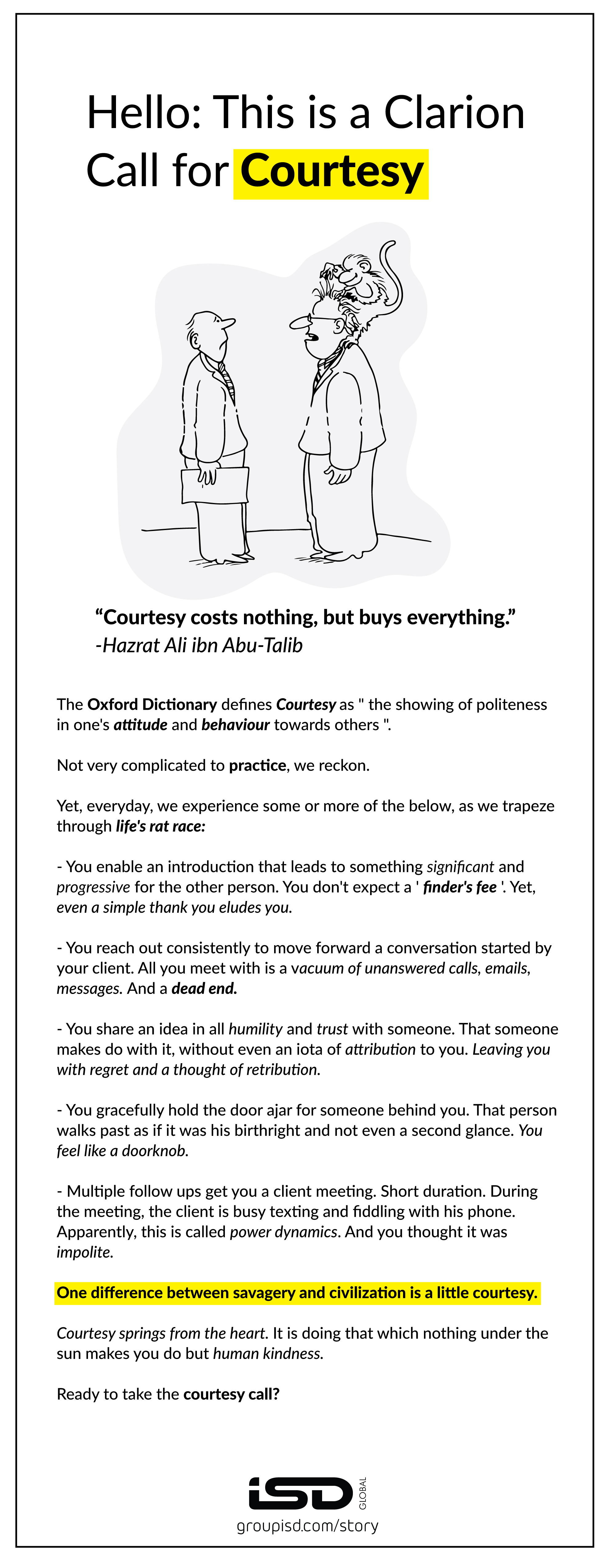Contemporary life and ‘ modern management ‘ have been fixated on the optimise everything on the horizon for quite some time now. The jury is still out on what the compelling reasons are for such kind of a shiny object chase, but then, that’s the reality.
Good enough is never good enough and only the best would do. It’s like the millennial sporting the T Shirt captioned boldly in front saying “BROWN” and in very small font below it mentions ” Though my heart is in Yale “.
In the quest for maximising, ironically what ends up happening is you trade off on happiness, which was the original intent when you wanted to optimise. The dark side of wanting to optimise everything.
Human beings are not search engines. SEO Strategy conventionally would have had us going for keywords that the search has the best potential to throw up high in the pecking order. But, that strategy is passe. You are not going to win that search. You are not even going to figure in page 30 of the search results. It seems as if most of us have lost the key to the keywords in the battle of the search.
Probably an ideal situation to pivot to doing something remarkable. How do we own our word? Do things that make people search for us by our name, our work, our projects. Showing up with the right work, at the right time, in the right places. Do the hard yards, the slow deliberate work hard of earning permission, building a tiny circle, the smallest viable audience. Over time, the tribe embraces you, the word (your word) becomes the shortcut to get more of what you offer.
How about substituting SEO(Search Engine Optimisation) with another acronym? FEO- Find Engine Optimisation. Because it’s more reliable to seek to be found by people who were looking for you all along.
The chasm will get bridged at its own pace. That’s fine. Let’s take our word | commitment | generosity for it!
A couple of years ago, a trio of Stanford University professors-philosopher Rob Reich, computer scientist Mehran Sahami, and political scientist Jeremy Weinstein released a new book titled “System Error: Where Big Tech Went Wrong and How We Can Reboot.”
The book argues that it’s the programmers themselves — and their focus on optimization — who inevitably combine with society’s larger “aspiration to maximize profit and scale” (and the accompanying tech monopolies) that ultimately are creating a slew of unintended problems.
It is true to say that efficiency has run amok. Where shaping our future begins by directing our attention to “the distinctive mindset” (and growing power) of technologists —and specifically, the mindset of optimisation. The book has a quote from Aldous Huxley’s dystopian novel “Brave New World”: “In an age of advanced technology, inefficiency is the sin against the Holy Ghost.”
As a valuable contributor seeking to build a career, a business, or a body of work that matters, you benefit when you develop a unique asset, because that asset gives you the leverage to choose a niche in a system that respects optimization instead.
There are so many things that you can optimise- recalibrating your work out and diet to lose more weight, your presentations so that you can close more sales, optimise your website for better and more website traffic, your ads for better impact, your sleeping patterns to get more rest in less time, Cosmo(and so do a lot of other magazines) even says you can optimise your sex life…
Sooner or later you realise that you are spending your best energy and time on optimisation NOT creation!
This perennial cycle of optimisation is the impediment for new exploration and discovering, going into the unknown which is where your best solace and happiness resides.
So where do we go from here? The rabbit hole of optimisation? Or creating things better? Give me the latter any day!
ENDS

